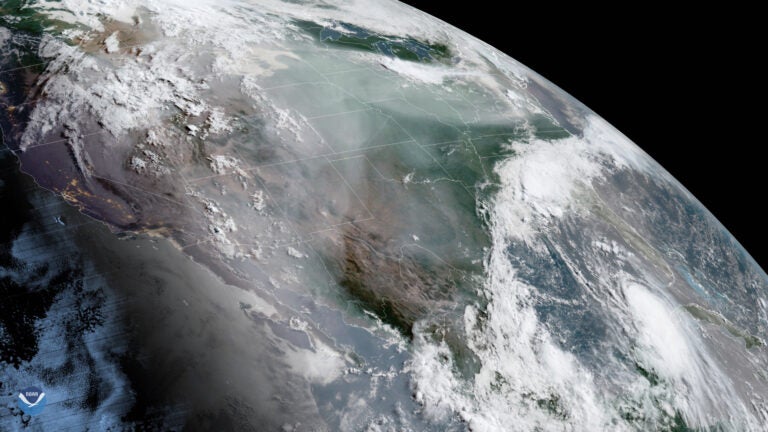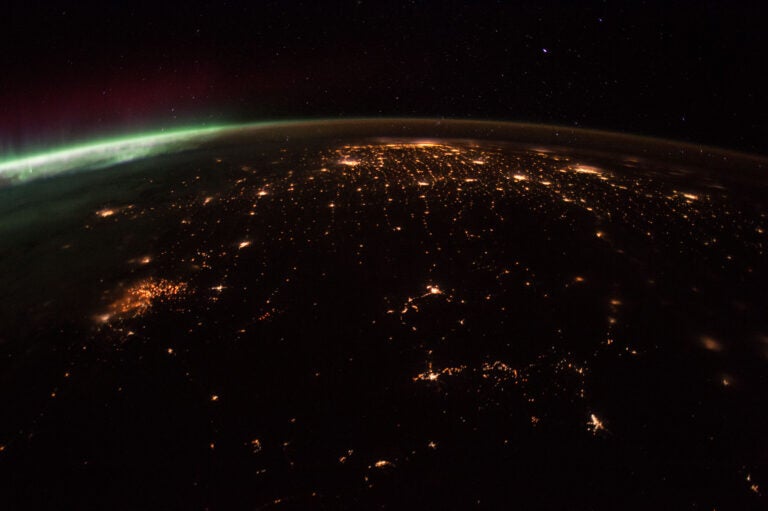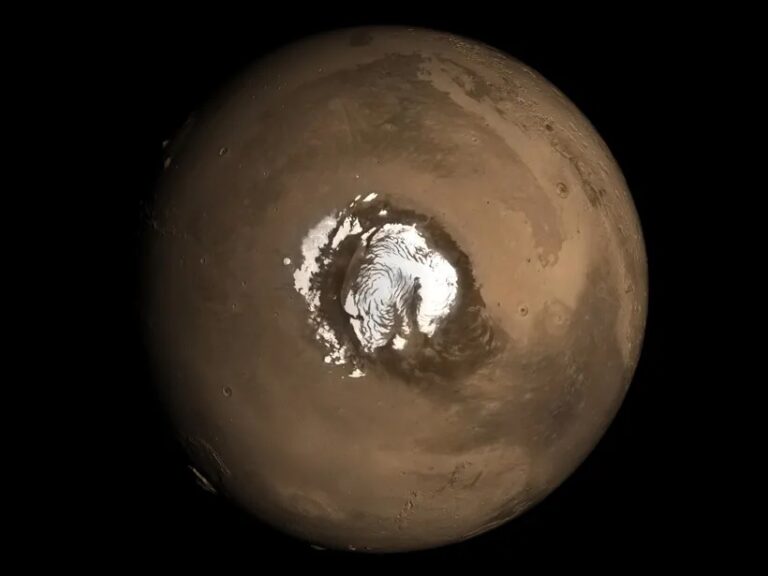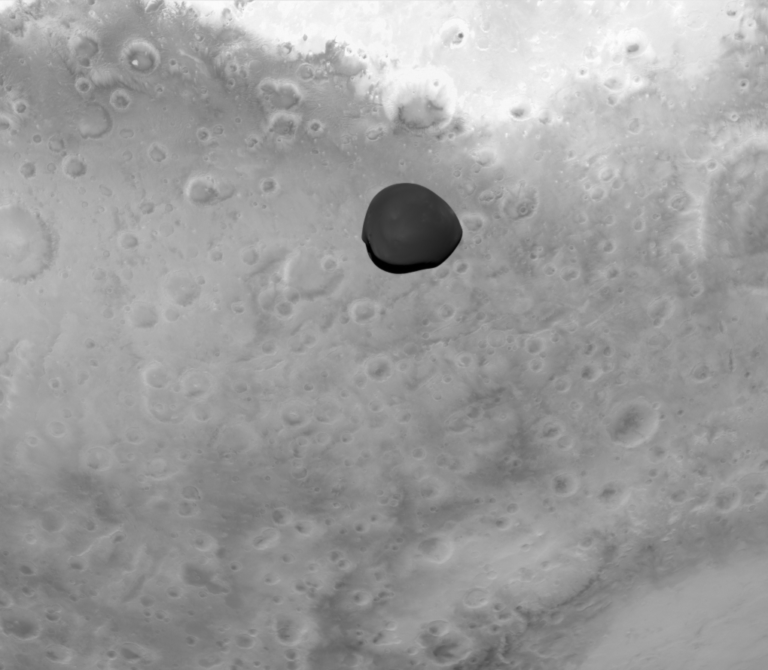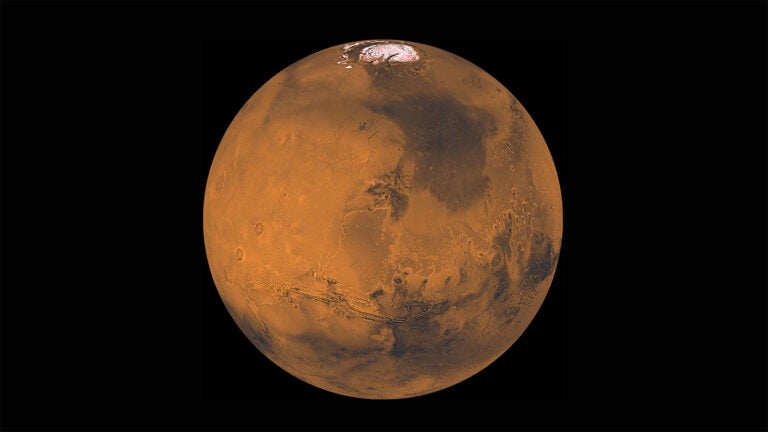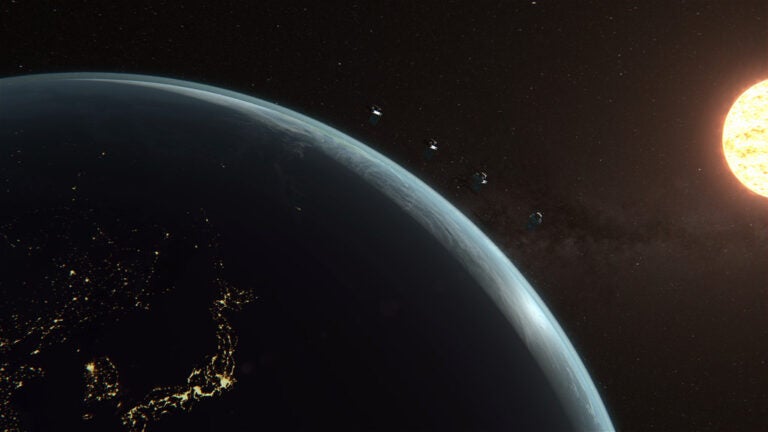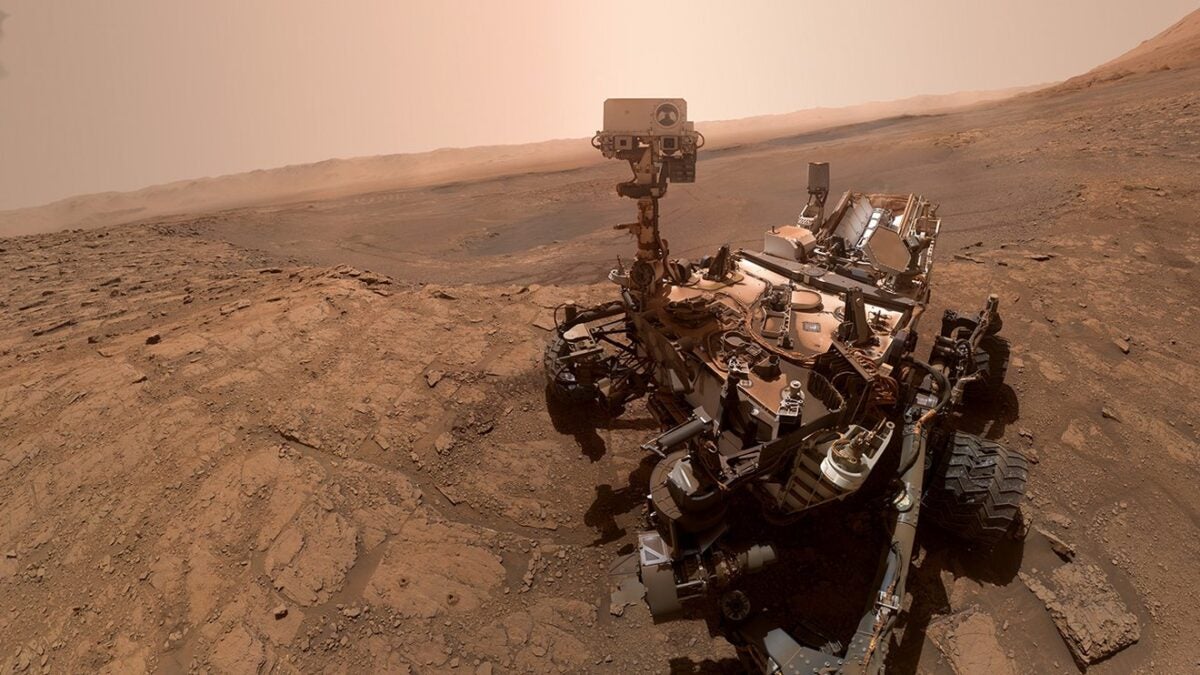
The Mars Curiosity rover has found the largest organic molecules yet on the Red Planet. Organic molecules are the building blocks of life, although they can also be produced by geological processes. While there’s currently no way to prove whether these particular molecules were formed from processes associated with life, their very discovery shows that complex chemistry has occurred on Mars.
While Curiosity’s goals aren’t the direct discovery of life on Mars, it has been tasked with investigating the potential for life on the Red Planet. So far, this mission has painted a complex picture of the planet’s history, including overwhelming evidence for water across large swaths of geologic time. This water is what allowed complex chemistry to develop — and scientists still haven’t ruled out the possibility that life also rose at some point, though it has yet to be proven.
Drilling down
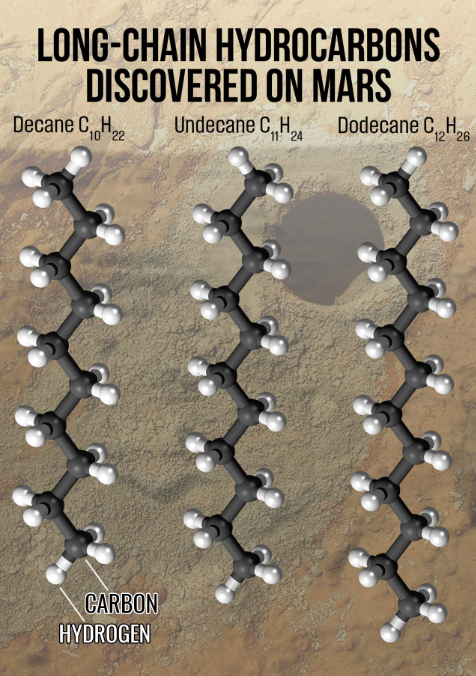
The newly discovered molecules are decane, undecane, and dodecane, named for the 10, 11, and 12 carbon atoms they each contain, respectively. They might, in turn, be broken off from even larger carboxylic molecules (containing carbon, oxygen, and hydrogen), but Curiosity’s Sample Analysis on Mars (SAM) instrument suite isn’t built to identify such large molecules. In living cells, carboxylic or fatty acids are ubiquitous as part of most cell walls. But these molecules can also occur through abiotic processes, especially around hydrothermal vents.
Curiosity discovered the molecules when it drilled into a rock dubbed Cumberland in 2013, one of two samples collected at Yellowknife Bay within Gale Crater, where the rover has spent its time on Mars. Yellowknife Bay is thought to be an extinct lakebed, with millions of years of history layered in the rocks that once laid under water or were deposited by flooding and receding liquid.
The Cumberland sample has been investigated several times, using SAM’s gas chromatograph mass spectrometer, which heats samples to reveal what they are made of. In 2015, Caroline Freissinet, a researcher at the French National Centre for Scientific Research in the Laboratory for Atmospheres, Observations, and Space, discovered chlorobenzene in the sample, marking the first organic molecule found on Mars. Freissinet is also the lead author on the new paper detailing the larger organic molecules, which was published March 24 in Proceedings of the National Academy of Sciences.
A well-preserved treasure
In nature, large molecules are also some of the most delicate. Smaller molecules are generally more stable and tightly connected, while larger molecules are more prone to destruction by radiation, heat, or other energetic processes. At the same time, large molecules indicate more complex chemistry, as the processes that build them up tend to take more time and require more exotic situations than it does to create basic compounds.
Scientists are still divided on the exact timeline that led from Mars’ wet past, when it was more akin to ancient Earth, to its current barren status. But it is clear that ancient Mars did have the environments to create these more complex molecules, whether through interactions of water and heat on a more dynamic world or biological processes.
But the first step to answering those questions is to find the complex molecules in question. Scientists had been uncertain how attainable that goal was; even if Curiosity’s other discoveries have proved that ancient Mars was a wet and active world, the large molecules created during those days might have long since broken down under the harsh radiation the planet has suffered for the past few billion years.
So the discovery of these large molecules in the Cumberland sample is a boon for researchers. For one thing, it proves that Mars had even more complex chemistry occurring than scientists have seen so far.
Amy Williams, an associate professor at the University of Florida in the department of geological sciences, was a co-author on the study. “If the molecules from this study were generated abiotically,” she says, “they could have been delivered by carbonaceous meteorites that bombarded Mars in the ancient past, or in ancient martian hydrothermal vents.” But, she says, “abiotic fatty acids tend to have shorter carbon chains and lower abundances of longer chain lengths. These results are intriguing because they straddle the range of carbon chain lengths generated both abiotically and by life as we know it.”
Even if these molecules were produced without the presence of life, it paints a picture of a more interesting, dynamic Mars than previously realized.
Futher, if Curiosity could identify these molecules, it means that other large molecules might also be out there for the finding. Often, large molecules such as these and the proteins created by life are easily destroyed by radiation over time. But if these molecules survived — and scientists think they were created some 3.7 billion years ago — then it means actual biosignatures could also have survived, even if such life perished billions of years ago. That substantially increases the timeline over which scientists can plausibly search for signs of past life on Mars.
“Before the SAM instrument detected organic carbon in Gale crater starting in 2013,” says Williams, “scientists had not definitively detected indigenous organic carbon at all on the surface of Mars. Since that time, we have continued to discover more diversity of molecules, including this finding with the largest molecules yet confirmed as indigenous to martian bedrock. We’re excited about the long-term preservation of a molecule of this size.”
“Our study proves that, even today, by analyzing Mars samples we could detect chemical signatures of past life, if it ever existed on Mars,” said Freissinet in a press release.
NASA hopes to return samples cached by the Curiosity rover to Earth for analysis sometime in the 2030s. By analyzing those samples in labs on Earth, scientists could drastically expand their knowledge of the Red Planet’s history — and perhaps finally definitively answer the question of whether life ever existed on our next door neighbor.
Related: NASA decision on Mars Sample Return reboot slides to 2026



